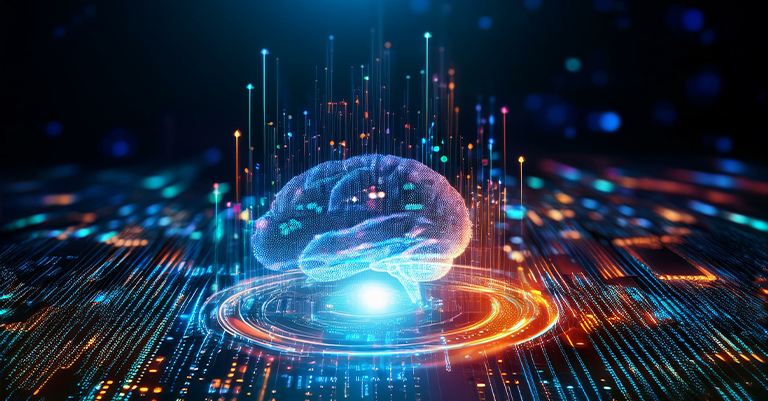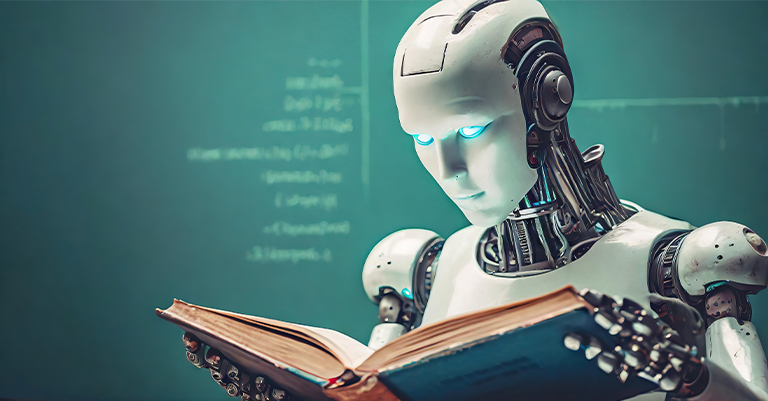Top Machine Learning Methods to Boost AI Model Performance
Machine learning has become a driving force behind the success of modern AI. As AI models become increasingly complex, choosing the best machine learning technique is critical for building accurate and efficient systems.
In this guide, we’ll explore some of the most effective machine learning techniques. These approaches can help AI systems perform tasks more efficiently, produce accurate results, and handle diverse datasets. From supervised learning to deep learning methods, we’ll break down each technique and highlight its use cases. Let’s dive into the methods that can elevate your AI models.
Supervised Learning Techniques for AI Model Optimization

Supervised learning is one of the most common and reliable approaches in machine learning. In this method, models learn from labeled datasets, using past information to predict future outcomes. Supervised techniques are ideal for tasks such as classification and regression.
This approach provides a clear path for training models, making it easier to interpret the results. With supervised learning, AI models can be trained to recognize patterns in structured data, which helps improve their accuracy over time.
Linear Regression for Predictive Models
Linear regression is one of the simplest and most effective algorithms for predictive analysis. It assumes a linear relationship between input variables and the output. This technique is widely used for forecasting and trend analysis, where the model predicts continuous values.
Linear regression works particularly well with datasets where relationships between variables are clear. By fitting a linear equation to observed data, it becomes easy to predict new data points. The simplicity of this method makes it an excellent choice for real-world applications, such as financial forecasting and risk assessment.
Decision Trees for Interpretability and Accuracy
Decision trees are known for their simplicity and effectiveness in classification tasks. They work by breaking down a dataset into smaller subsets while at the same time developing a decision tree. This allows for high interpretability, as the structure makes it easy to visualize decisions and outcomes.
One of the strengths of decision trees is their ability to handle both numerical and categorical data. Moreover, they are versatile, performing well with large datasets while maintaining interpretability. Decision trees are widely used in fields such as healthcare, finance, and marketing where interpretability is essential.
Unsupervised Learning Techniques for Discovering Hidden Patterns

In contrast to supervised learning, unsupervised learning doesn’t rely on labeled data. Instead, it looks for hidden structures in the dataset. This approach is particularly useful when you don’t have predefined categories or outputs.
Unsupervised learning techniques help in discovering insights that may not be immediately obvious. They’re ideal for tasks such as clustering, anomaly detection, and dimensionality reduction, which can help you uncover trends, patterns, and anomalies within large datasets.
Clustering Algorithms for Data Grouping
Clustering algorithms group data into clusters based on their similarities. One of the most popular clustering techniques is k-means clustering. This involves partitioning data points into distinct groups. The algorithm tries to minimize the variance within each group and maximize the variance between groups.
Clustering is useful for market segmentation, image compression, and customer profiling. For example, businesses often use clustering to segment customers based on buying behavior, helping them tailor marketing strategies.
Principal Component Analysis (PCA) for Dimensionality Reduction
Principal Component Analysis (PCA) is a widely used dimensionality reduction technique. It transforms a large dataset into a smaller set of variables that retain most of the original information. This reduction helps in simplifying datasets without losing significant patterns.
PCA is particularly useful in domains with large datasets, such as genomics or image processing. By reducing the dimensionality of the data, PCA makes the data more manageable and improves model performance.
Reinforcement Learning for AI Models with Dynamic Decision-Making

Reinforcement learning is an exciting area of machine learning, where an agent learns by interacting with its environment. This technique is useful when the model needs to make decisions in real time, based on feedback from the environment. The agent learns through trial and error, maximizing rewards over time.
Reinforcement learning has seen significant success in areas such as robotics, gaming, and autonomous systems. It allows AI models to adapt dynamically and improve as they gain more experience. Unlike supervised learning, reinforcement learning does not require large amounts of labeled data, making it suitable for more complex tasks where defining explicit rules is difficult.
Deep Learning for High-Performance AI Models
Deep learning, a subset of machine learning, has revolutionized the field of AI. These models use neural networks to learn from vast amounts of data. These networks mimic the way the human brain processes information, enabling AI models to recognize patterns in complex datasets.
The flexibility of deep learning makes it ideal for applications like natural language processing (NLP), image recognition, and speech analysis.
Neural Networks for Complex Data
Neural networks are at the core of deep learning. They consist of layers of interconnected nodes, or “neurons,” that process data in stages. Neural networks are highly effective at learning from large and complex datasets, which makes them powerful for AI models requiring intricate decision-making.
These models excel in applications like voice assistants, automated translation, and image classification. Despite their complexity, neural networks are becoming increasingly accessible due to advancements in computational power and specialized libraries like TensorFlow and PyTorch.
Convolutional Neural Networks (CNNs) for Image Recognition
Convolutional Neural Networks (CNNs) are a specific type of neural network designed for image and video processing. By using layers that focus on specific parts of an image, CNNs can capture intricate details and patterns, making them highly effective for image recognition tasks.
CNNs have become the backbone of many computer vision applications, such as facial recognition, object detection, and medical imaging analysis. Their ability to recognize spatial hierarchies in visual data gives them an edge in performance compared to traditional algorithms.
Ensemble Methods to Enhance Model Performance
Ensemble methods combine multiple learning algorithms to achieve better predictive performance than any single model. Techniques like bagging, boosting, and stacking help reduce errors by using a variety of models and averaging their predictions.
Bagging, for instance, builds multiple models independently and combines their outputs. Boosting, on the other hand, focuses on building models sequentially, correcting errors from previous ones. These methods are useful in competitions and real-world scenarios, where high accuracy is essential.
Choosing the Right Machine Learning Technique for Your AI Project

Selecting the best machine learning technique depends on the specific goals of your AI project, the type of data available, and the problem you aim to solve. Supervised techniques are ideal when you have labeled data, while unsupervised learning is suitable for exploratory tasks. Reinforcement learning is great for dynamic environments, and deep learning is a go-to choice for handling vast amounts of unstructured data.
By understanding the strengths and limitations of each technique, you can make informed decisions that enhance your AI model’s performance. Whether you’re building a predictive model, optimizing processes, or creating a system that learns from its environment, there’s a machine learning technique suited for your project.
Evaluating Model Performance for Continuous Improvement
Once you’ve chosen and implemented a machine learning technique, the next crucial step is evaluating its performance. Continuous evaluation allows you to track how well the model performs and make adjustments where necessary to improve accuracy and efficiency.
Several metrics are used to evaluate different types of machine learning models. For classification models, common metrics include accuracy, precision, recall, and the F1 score. For regression models, you might use Mean Squared Error (MSE) or R-squared (R²) to measure how well the model’s predictions match the actual data.
Model evaluation goes beyond just the numbers; it’s also about interpreting the results. For example, even if a model shows high accuracy, it may suffer from issues like overfitting, where the model performs well on training data but poorly on unseen data. Techniques like cross-validation and splitting datasets into training and test sets can help detect such problems early.
Hyperparameter Tuning for Enhanced Performance
Another critical step is hyperparameter tuning. Machine learning models rely on certain parameters—such as learning rate, number of layers, and depth of trees—that must be set before training. Fine-tuning these parameters can significantly improve model performance.
Grid search and random search are two common methods used to find the best set of hyperparameters for a particular model. By adjusting these settings, you can optimize model performance for your specific application, reducing errors and improving predictive accuracy.
Conclusion: Choosing the Right Techniques for Better AI Models
Machine learning techniques have advanced significantly, providing a wide array of tools to build powerful AI models. Whether you choose supervised learning for its clarity and precision, unsupervised learning for its ability to uncover hidden insights or deep learning for processing complex data, the key is understanding which method best suits your data and objectives.
As AI continues to evolve, staying informed about the latest trends and best practices is essential. You can build AI systems that deliver accurate, efficient, and scalable results by selecting the right machine learning techniques and continuously optimizing your models. Remember, building better AI models is an ongoing process of learning and adaptation. Through careful selection of techniques and consistent evaluation, you can create AI solutions that meet the demands of today’s data-driven world.





